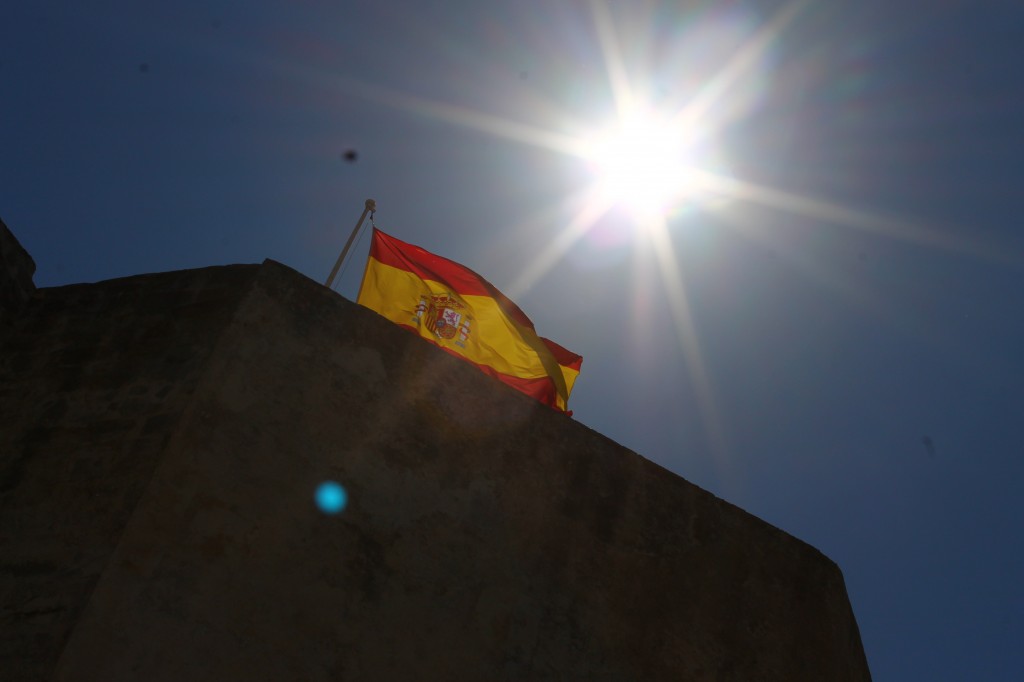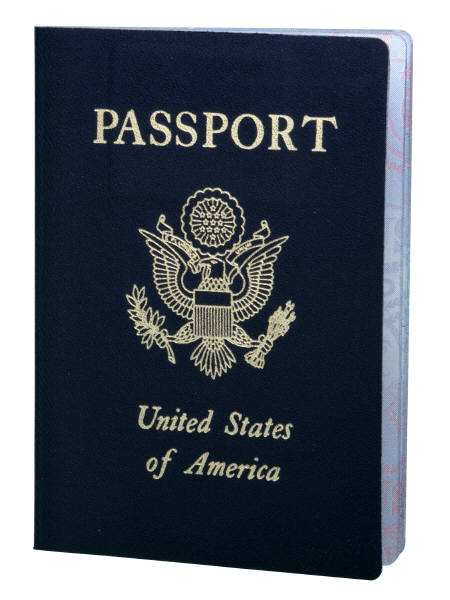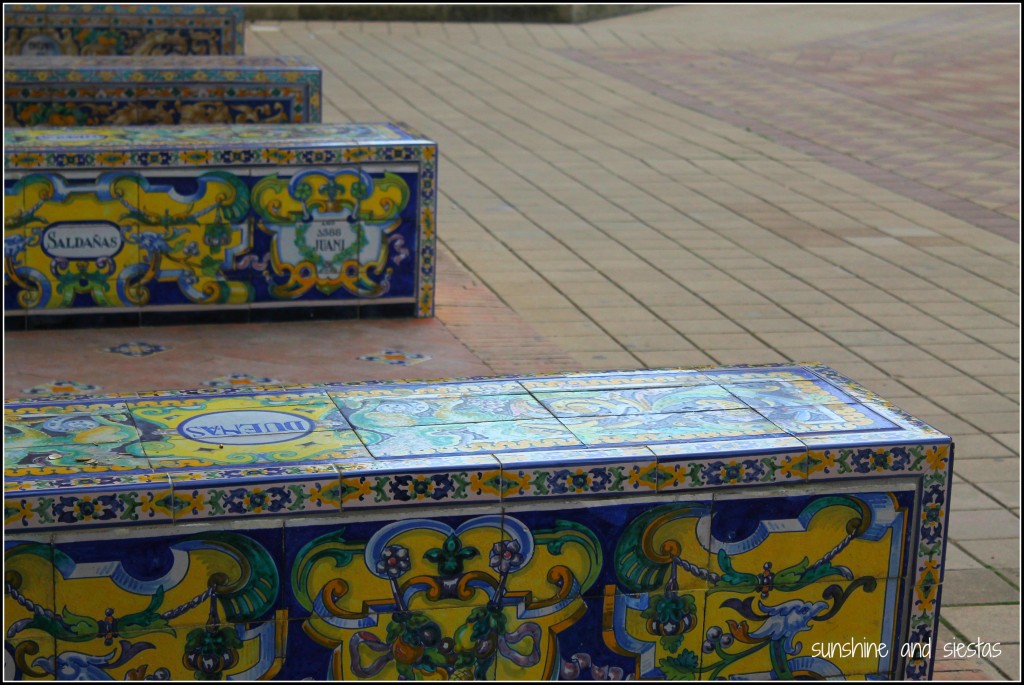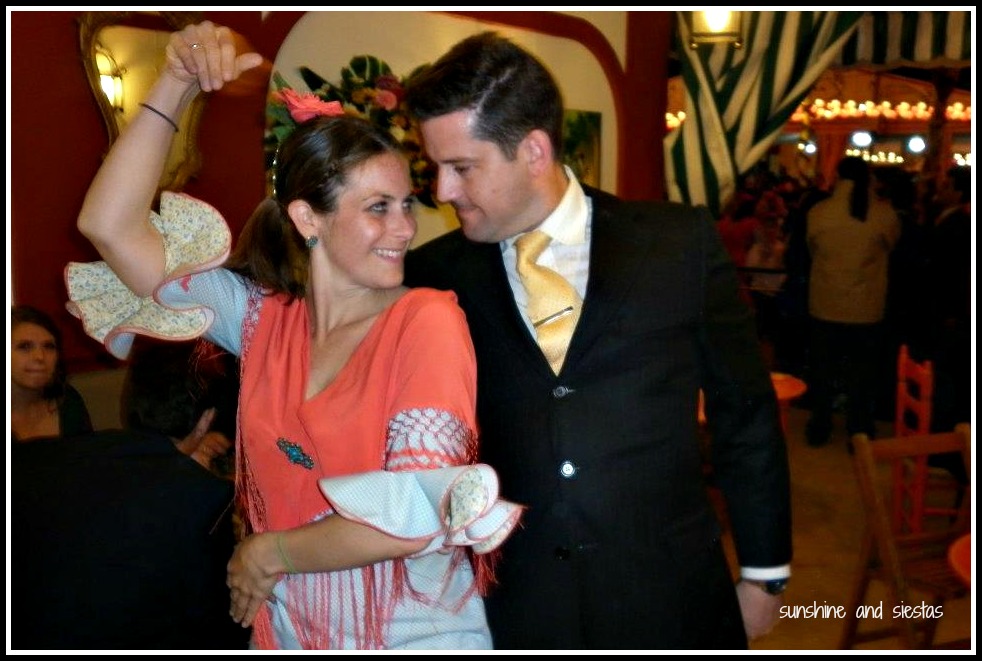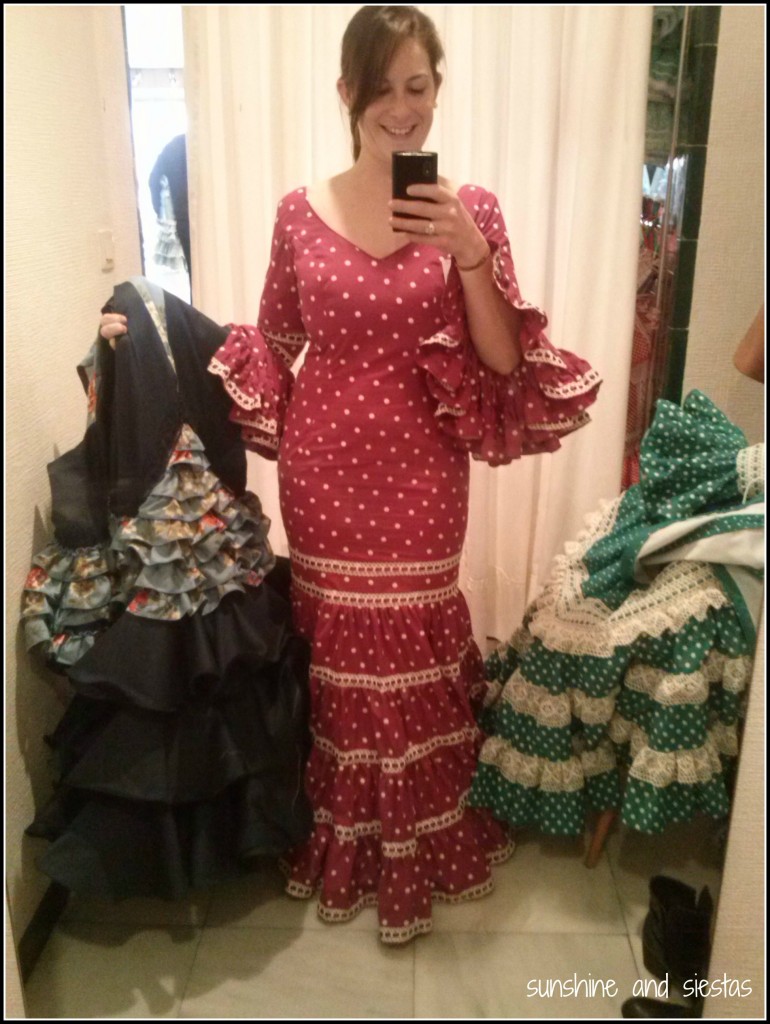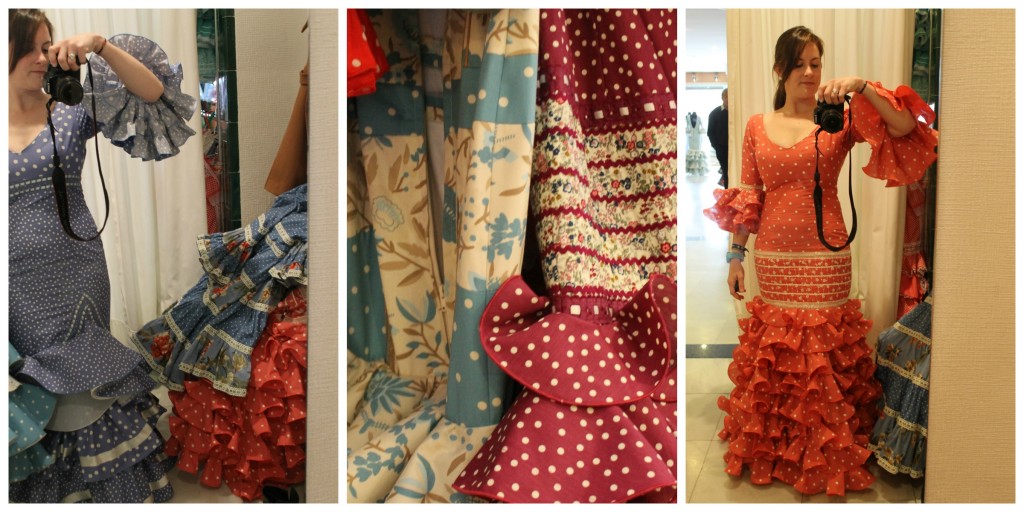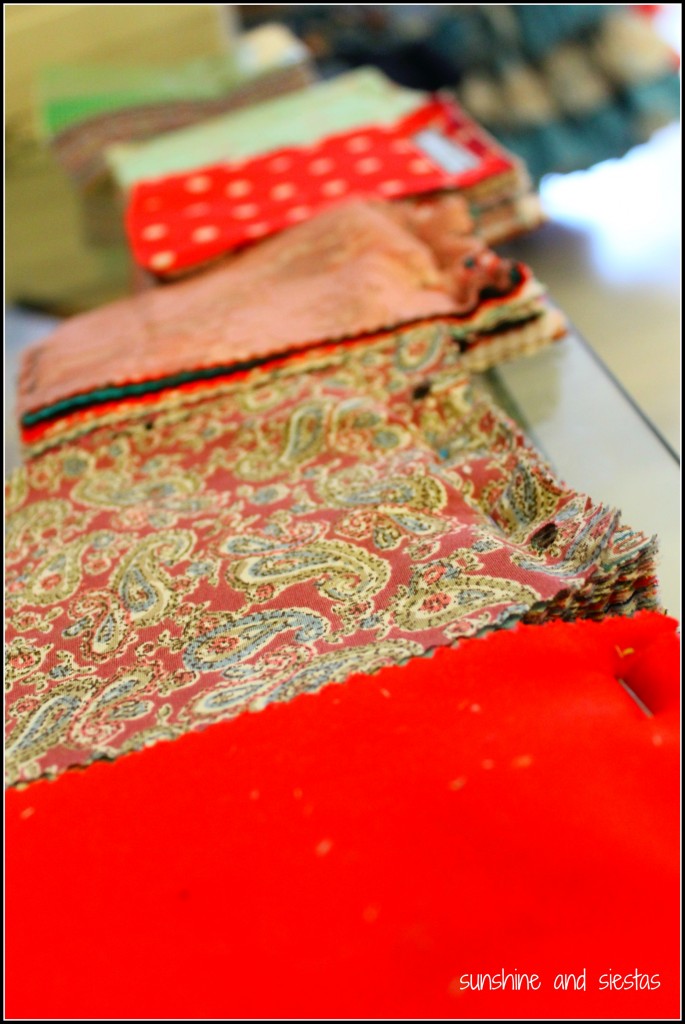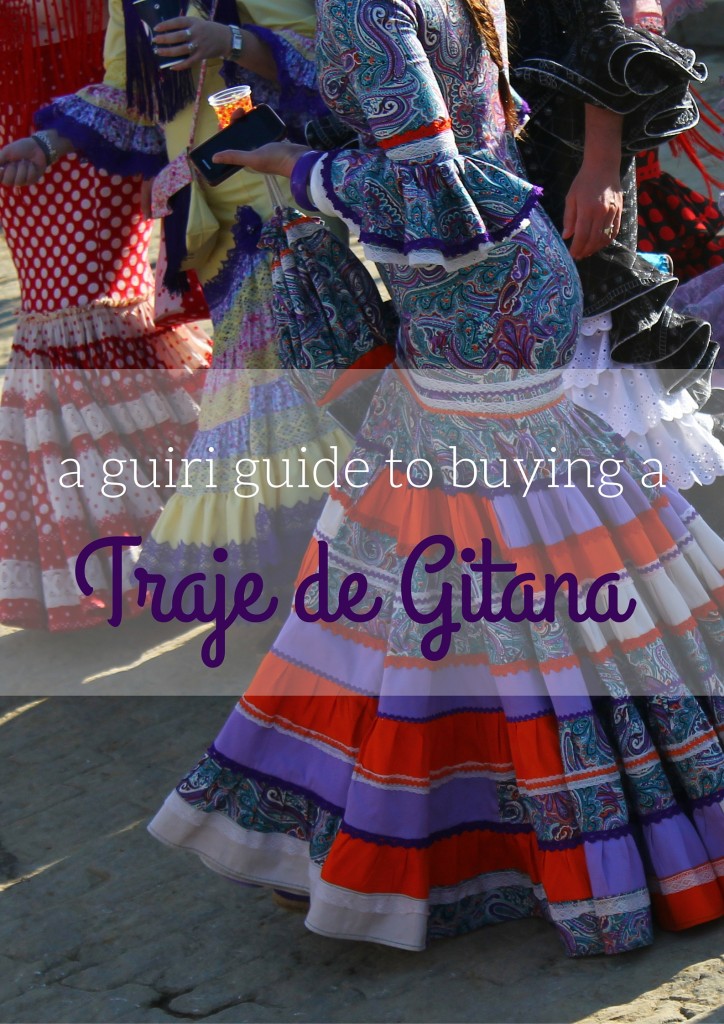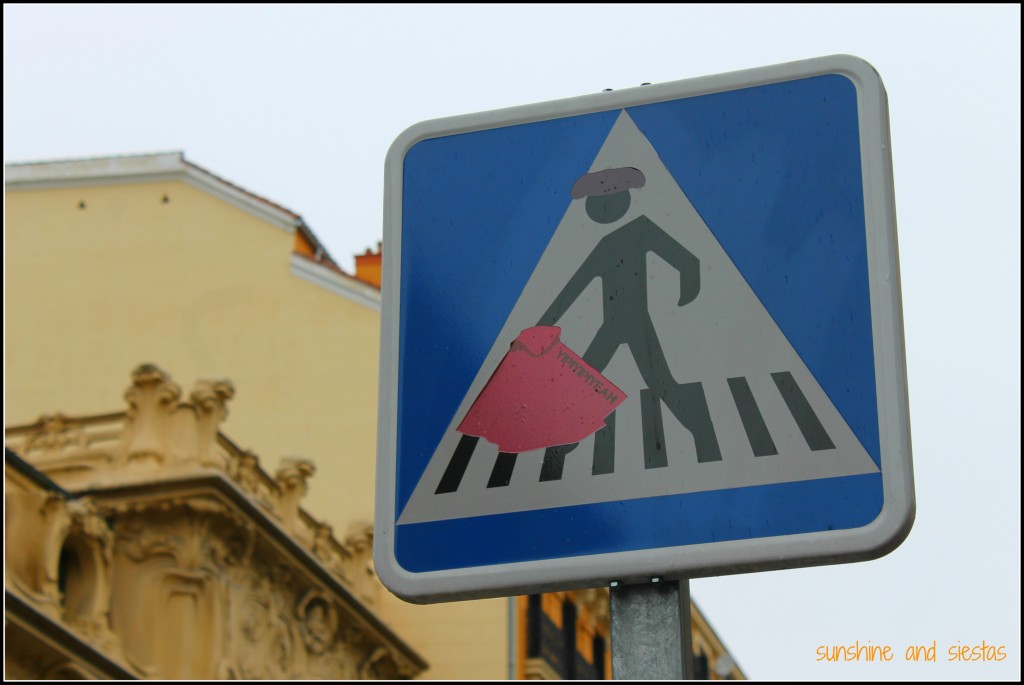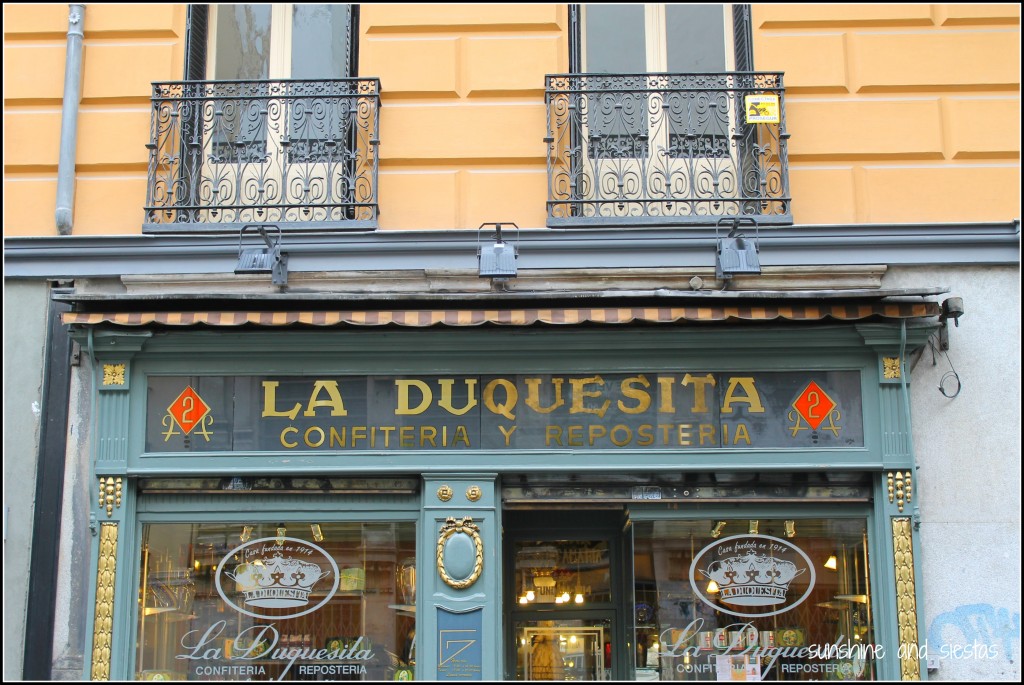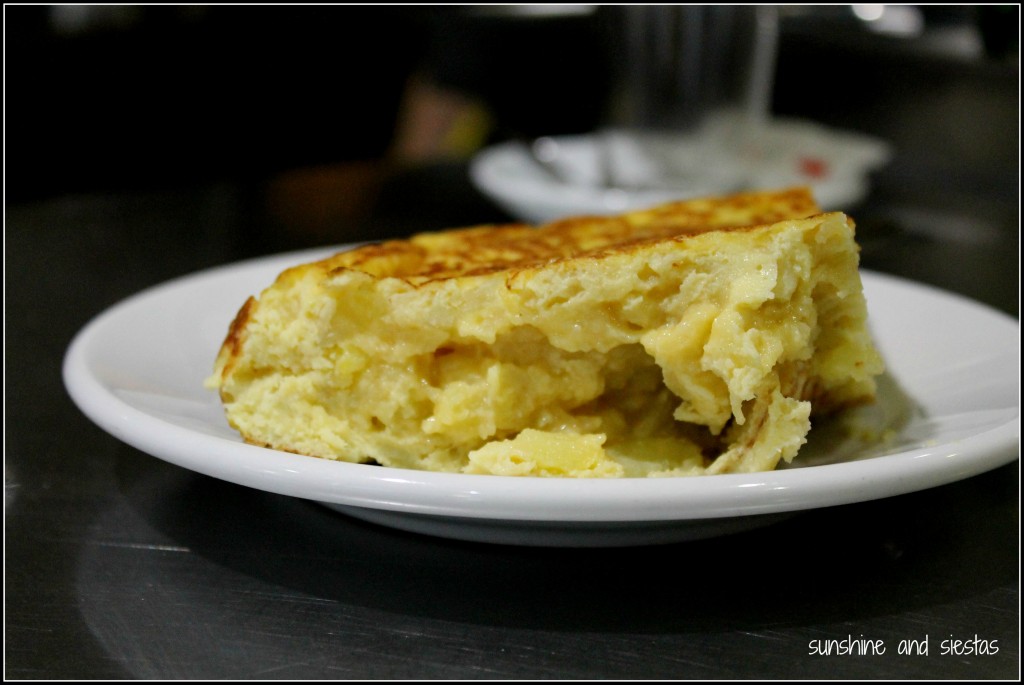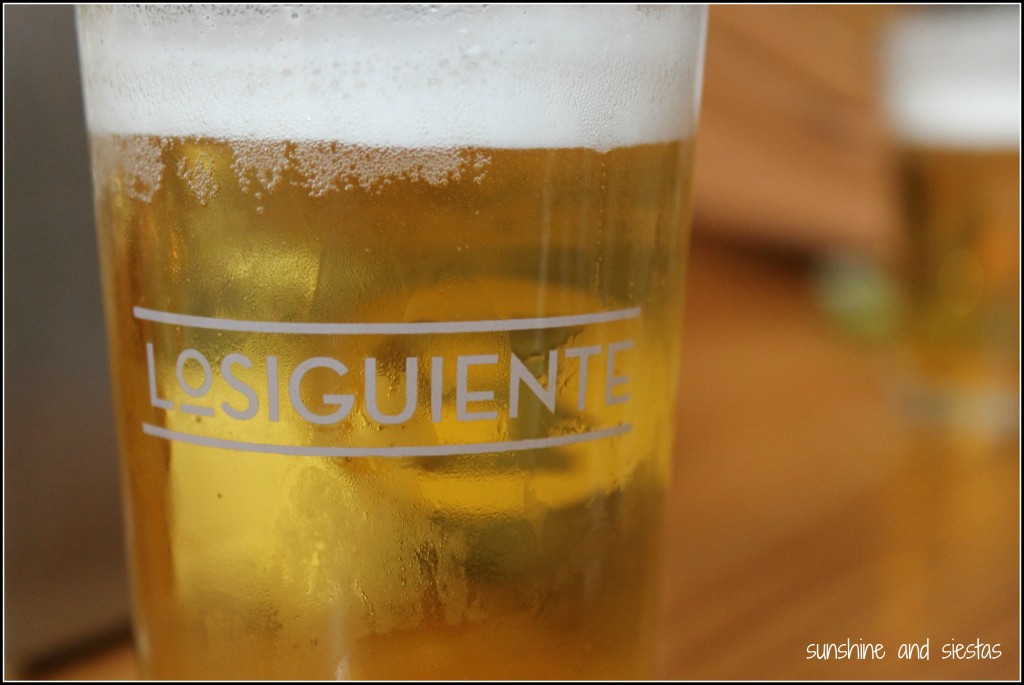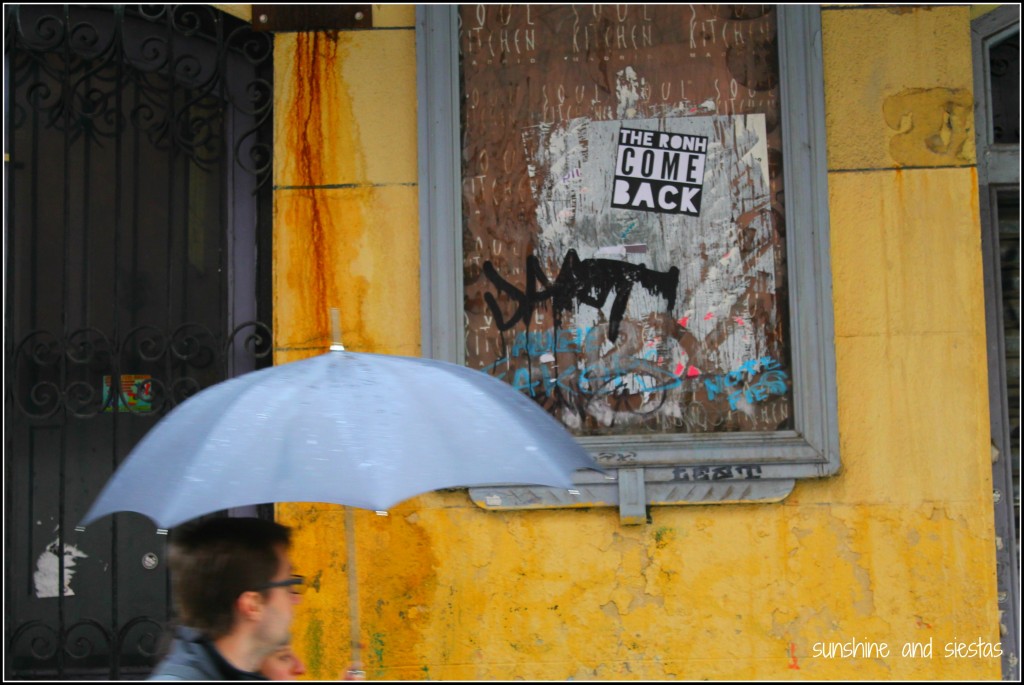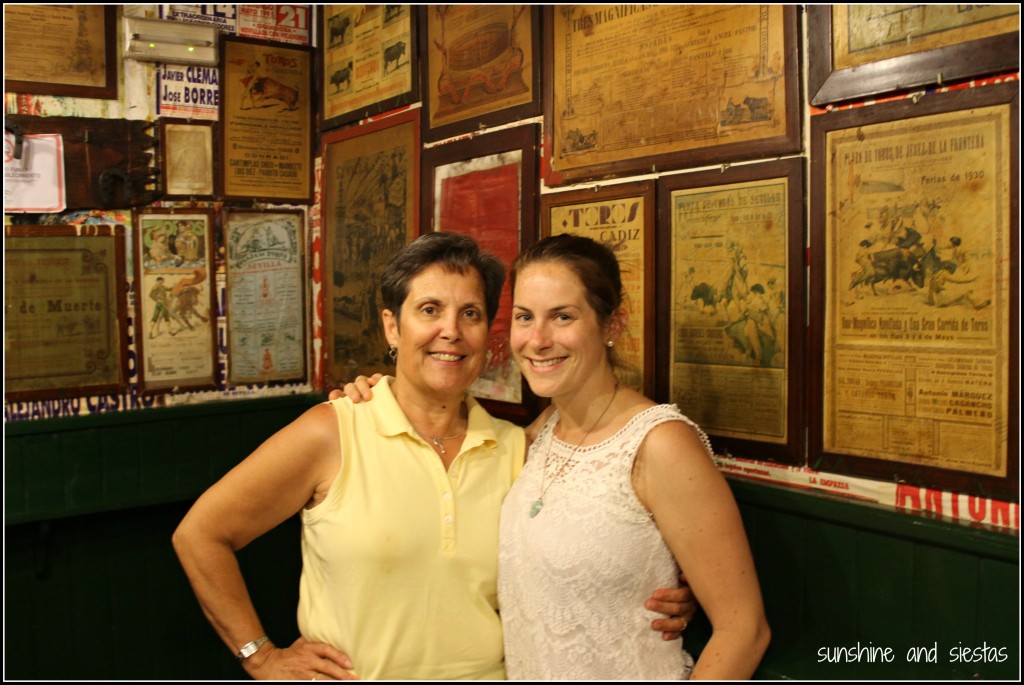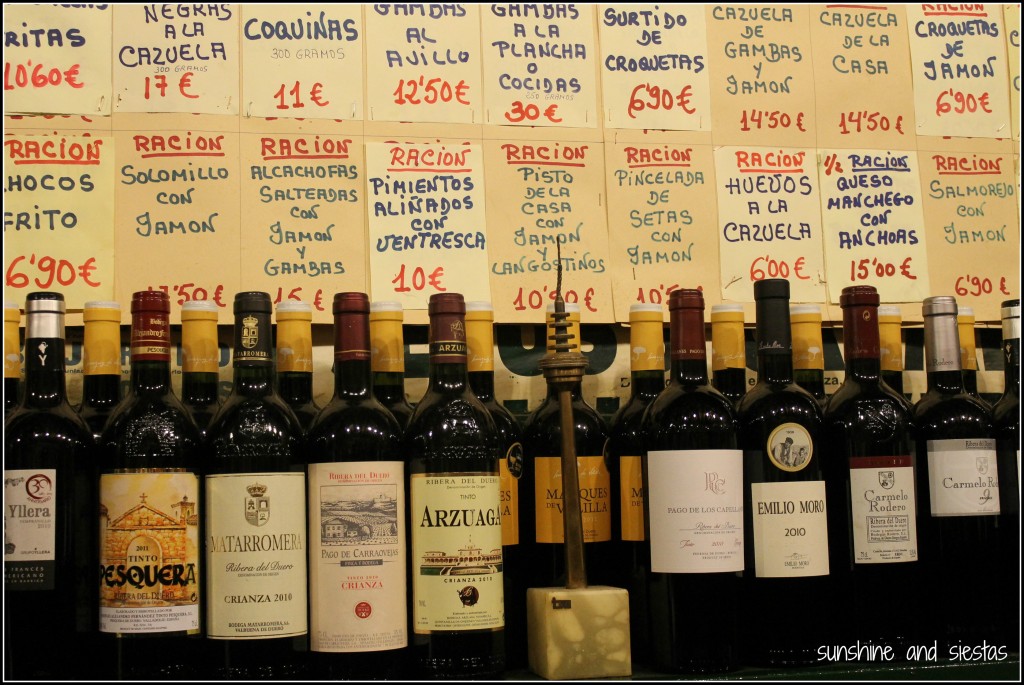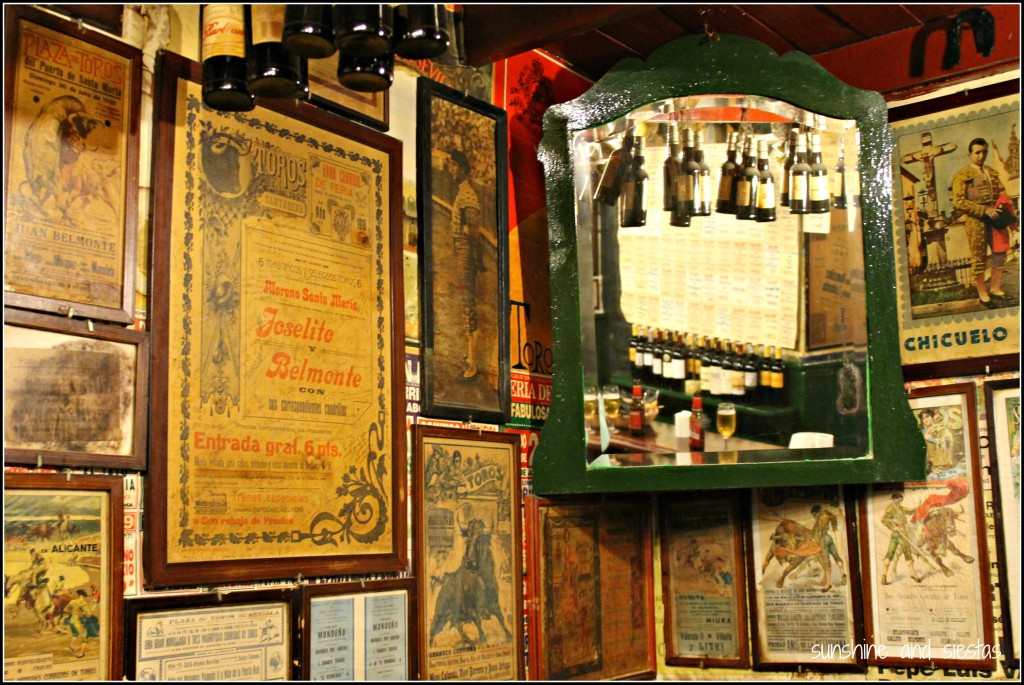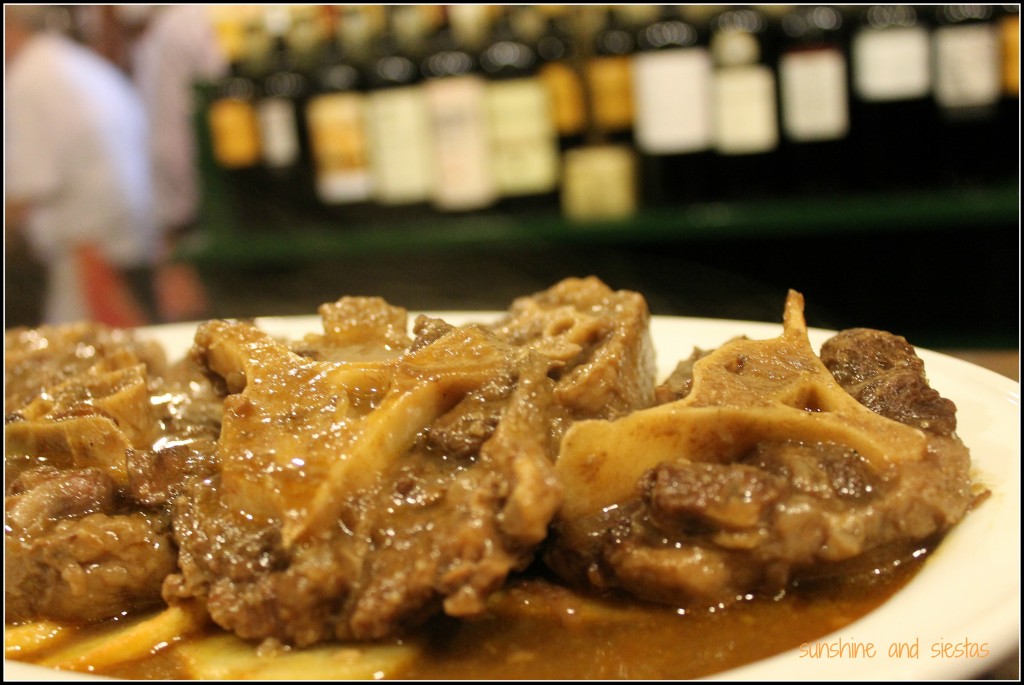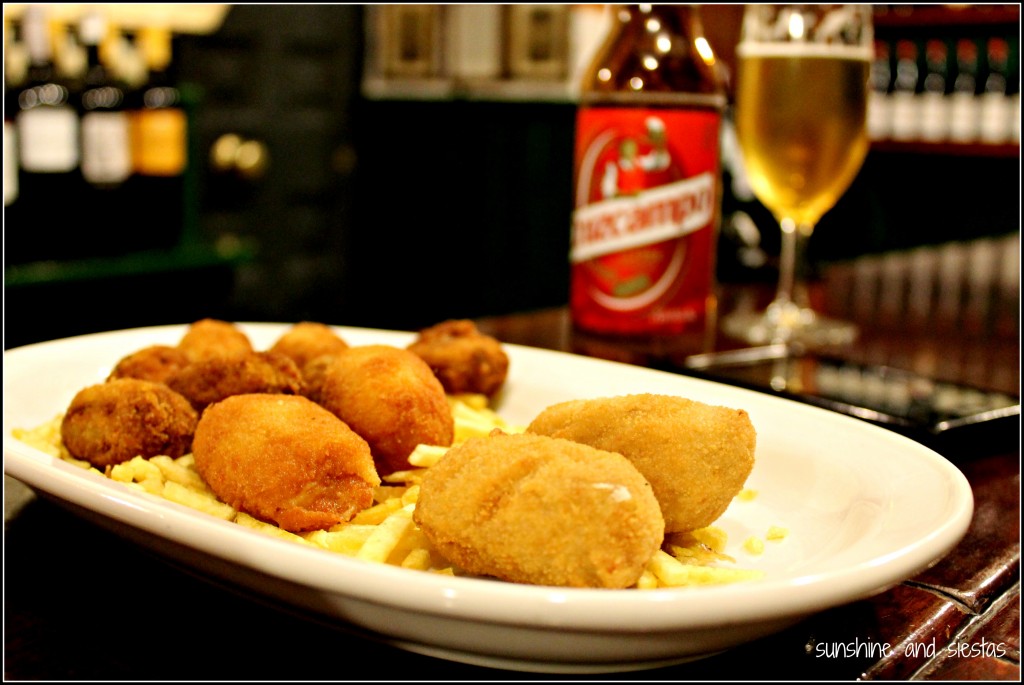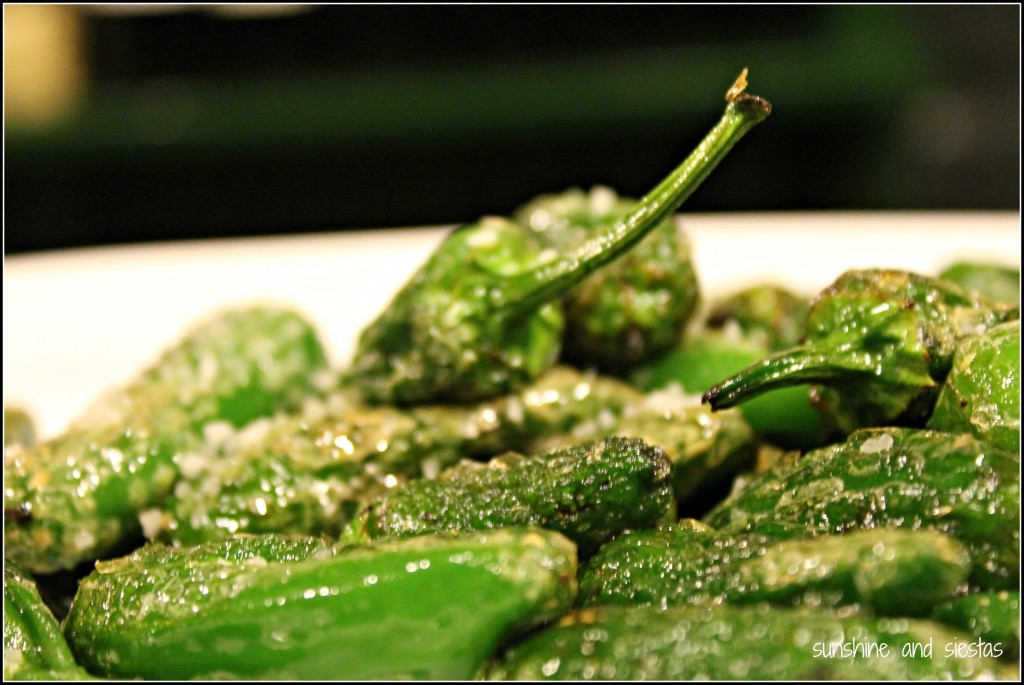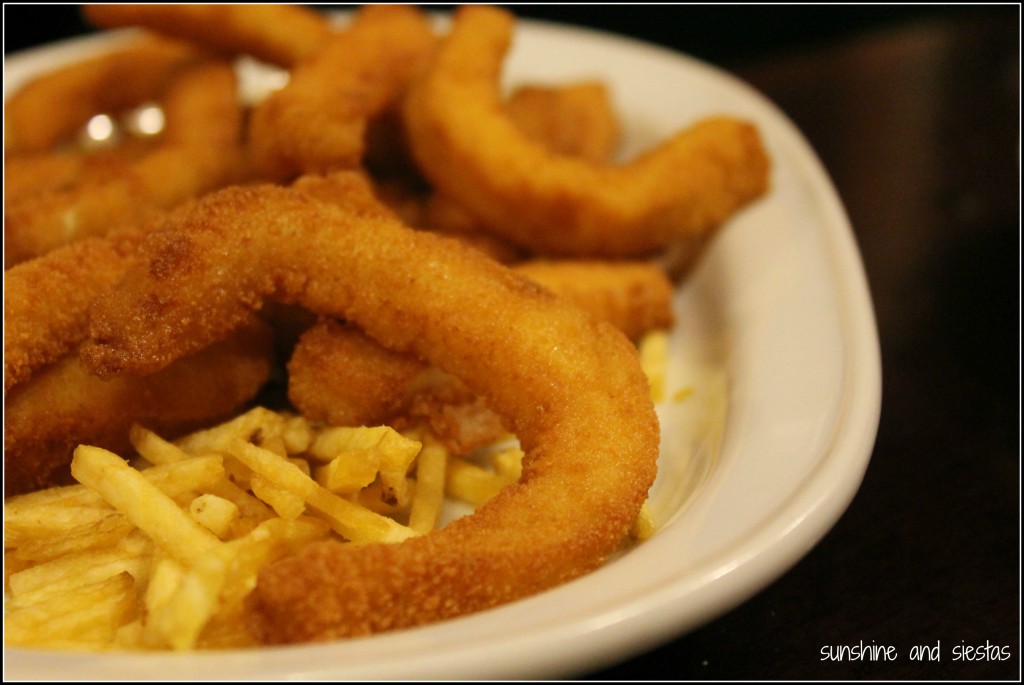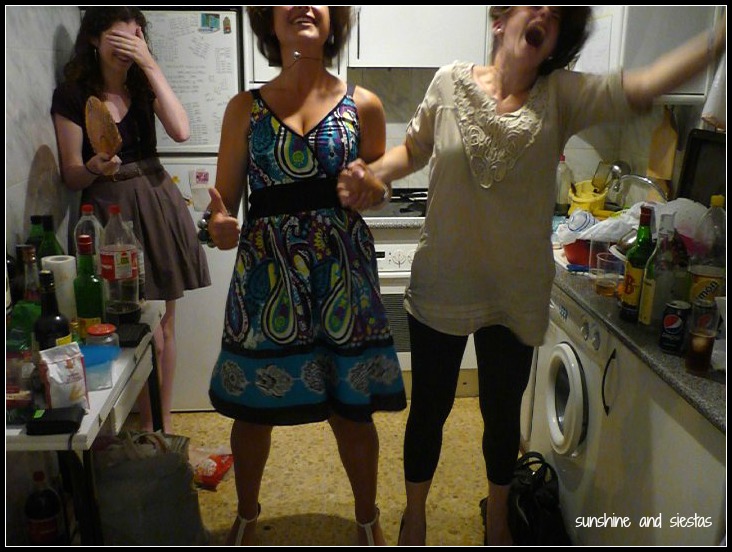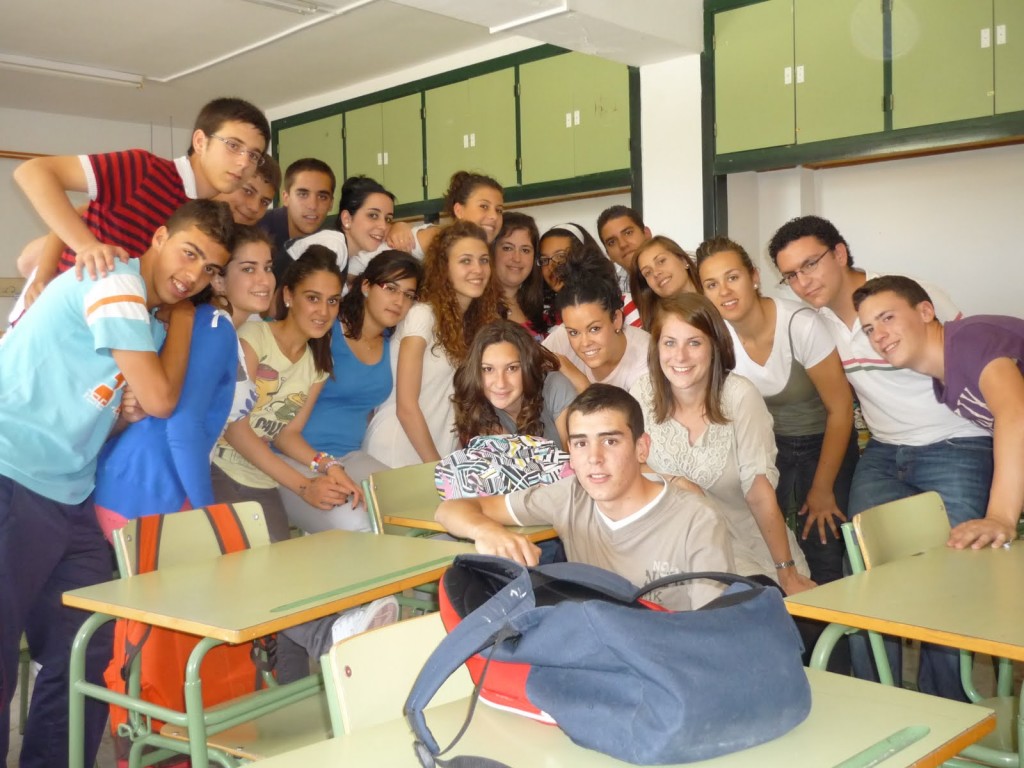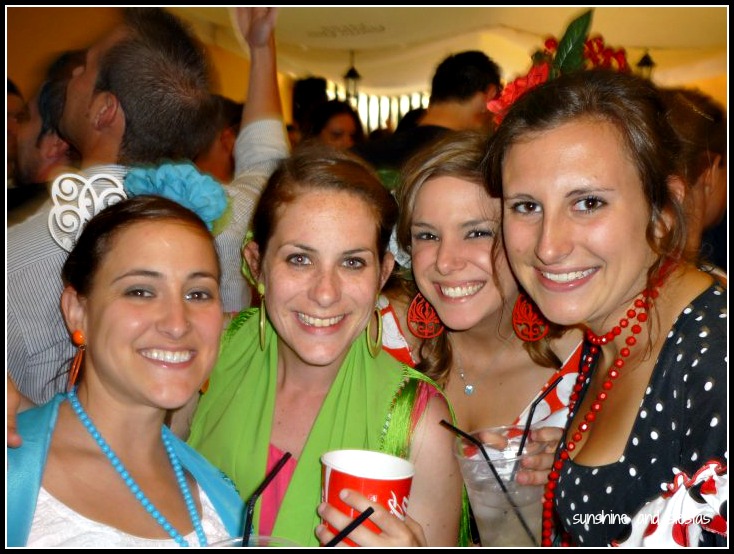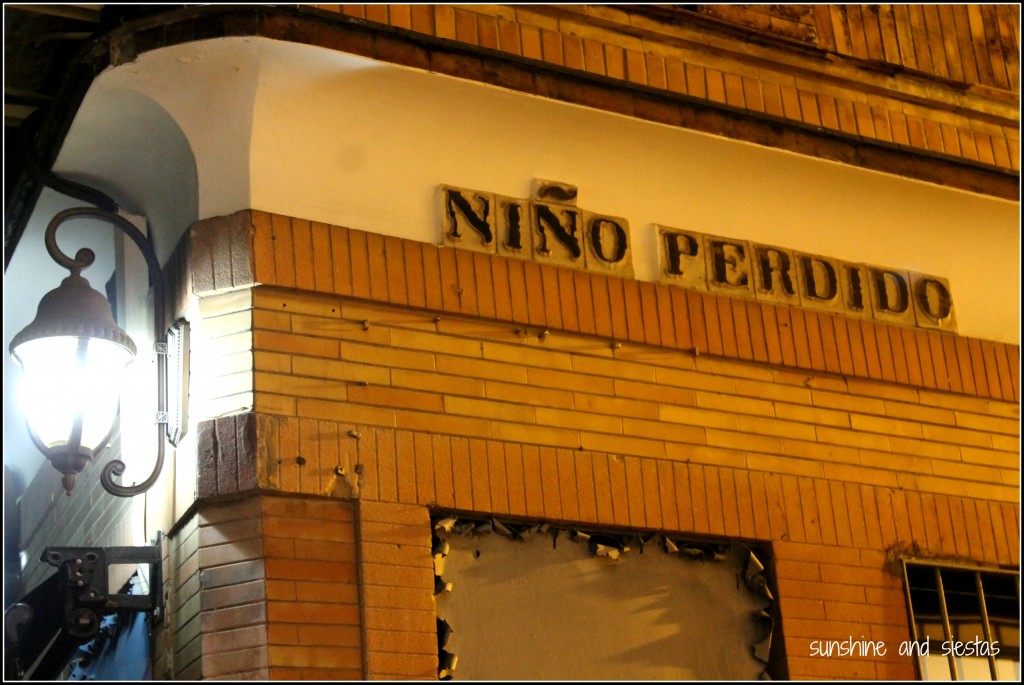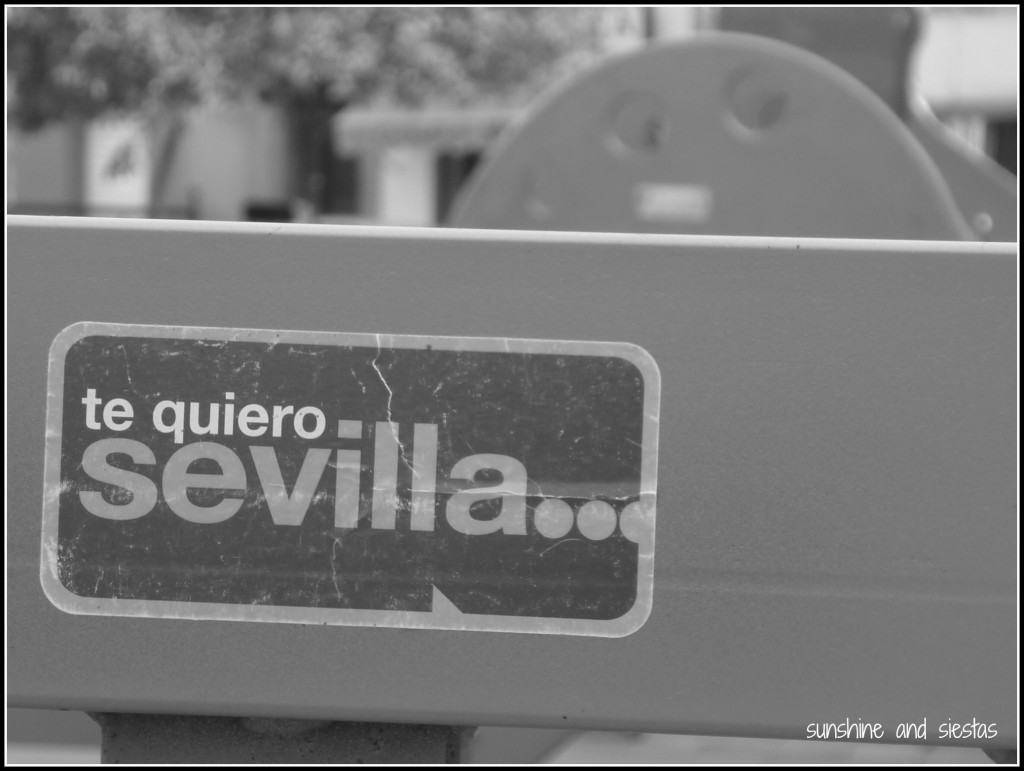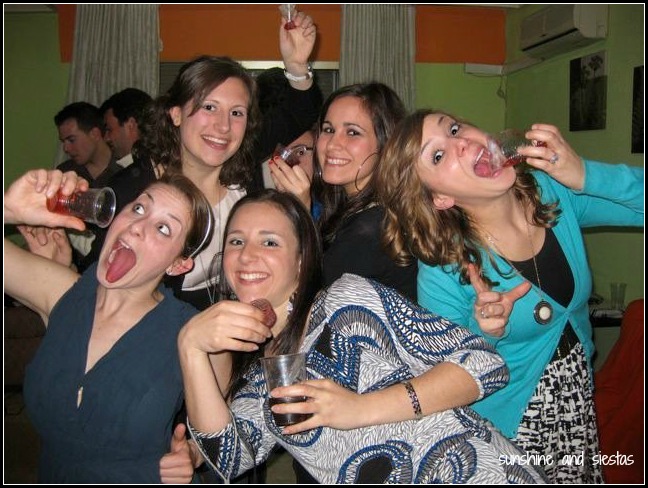It’s that time of year again: auxiliar placements are right around the corner, and then starts the mad dash to pull together paperwork, get a visa and book flights to La Peninsula.
I’ve said it once and I will say until se me caiga la baba: DO YOUR HOMEWORK!
To make it easier on you, here’s a quick guide to the most important steps when considering moving to Spain:
Legal Matters
The two most practiced law systems in modern society are:
- Common law – This is where the laws are uncodified, so no compilation of laws and statutes exists. This is where legislative decisions are generally based on precedent; what has happened before in similar cases. These are then compiled and referred to in later cases, meaning judges play an incredibly leading role in the law of Common Law countries like America and Britain. Common Law systems use two parties and a jury to decide the outcome of the case, which a judge presides over and gives the appropriate sentence.
- Civil Law – Civil Law is codified. This means there is a regularly updated law code which lists all possible reasons to be brought before a court and the applicable process and sentence for each offence. This is far more structured than a Common Law system, as each case has a set punishment. This gives the judge a different job, as they will need to investigate the case, establish the facts and give the appropriate ruling from the appropriate framework themselves. This makes the judge’s work less influential on the overall law system. This is more like Spain’s legal system.
As the US and UK have a more Common Law system, it can be quite a shock moving to Spain where there is more of a Civil Law system in place. This affects everything from property to taxation and health systems, and there are laws you need to be aware of when moving or buying a second home.
Before you leave
There are a number of things you need to take care of before you leave the country.
Learn (some of) the language
It’s only polite to learn the language of a country before you visit. Not only will it allow you to fully immerse yourself in the culture, but it will make communication and day-to-day life much easier. Even if you only learn some basic phrases before moving, knowing some language will show you’re making the effort, and this can go a long way. Moreover, rural and non-tourism areas will be populated only by people who only speak Spanish or a local dialect.
Passport
You’ll need a valid passport to travel to Spain, much as you would any other foreign country. It’s always advisable to have more than six months left before it expires when you travel, especially if you’re planning on moving around Europe in that time as it negates the risk of your passport running out while you’re out of the country.
Visas
There are a number of different reasons why someone would move to Spain – to study, to work, to retire – and these all require different visas. Outstaying or having the wrong visa can cause problems when you try to leave the country, as passport control will be able to see you’ve broken the terms of your visa. This is why it’s important to know what kind of visa you need and stick to its terms. To see which visa you need, and how to get it, contact COMO Consulting Spain.
Notify everyone that you’re moving
If you’re moving to Spain to live, you’ll need to let everyone know. This includes the Post Office so they can redirect your mail, your bank, life insurance, council and any organizations that might need to know. Sign up for Skype, Line, Whatsapp and any other channel that will allow you to communicate with everyone back home.
When you arrive
NIE
The first thing you’ll need when considering a move to Spain is an NIE – Número do Identificación de Extranjeros (Foreigners’ Identification Number). A NIE is for anyone who isn’t a Spanish National, and is used for buying land, if you’ve inherited a property in Spain, opening a bank account or applying for a mortgage (among other things). The intricacies of applying for a NIE are varied and extensive, but see this guide on applying for a NIE to find out more.
Register with your local town hall
After getting your NIE, you need to register at your local town hall as living at your new address in the area, called an empadronamiento. This will similar to the electoral role in Britain, and will allow you to buy or sell a car, apply for a NIE, register a child into school and apply for a local health insurance card. Note that only fully-fledged Spanish citizens can vote in local and national elections.
Health care
Spain has a health care system similar to the UK’s, as there is a free health care system in place which as a non-Spanish national, you will need to sign up for. Despite this, around 18% of people opt for private health care, which is roughly double the amount of those in the UK. This is of course different to American health care, where you have to pay for insurance.
If you’re working with the auxiliar program, you’ll receive private health care from your assigned province along with a booklet about coverage.
Living in Spain is worth the hassle of getting all your ducks (can we just go ahead and say patas negras) in a row. By anticipating what you’ll need to do before take off and once you arrive will help make the transition smoother.
For everything else, check out COMO Consulting Spain, my expat in Spain site.
